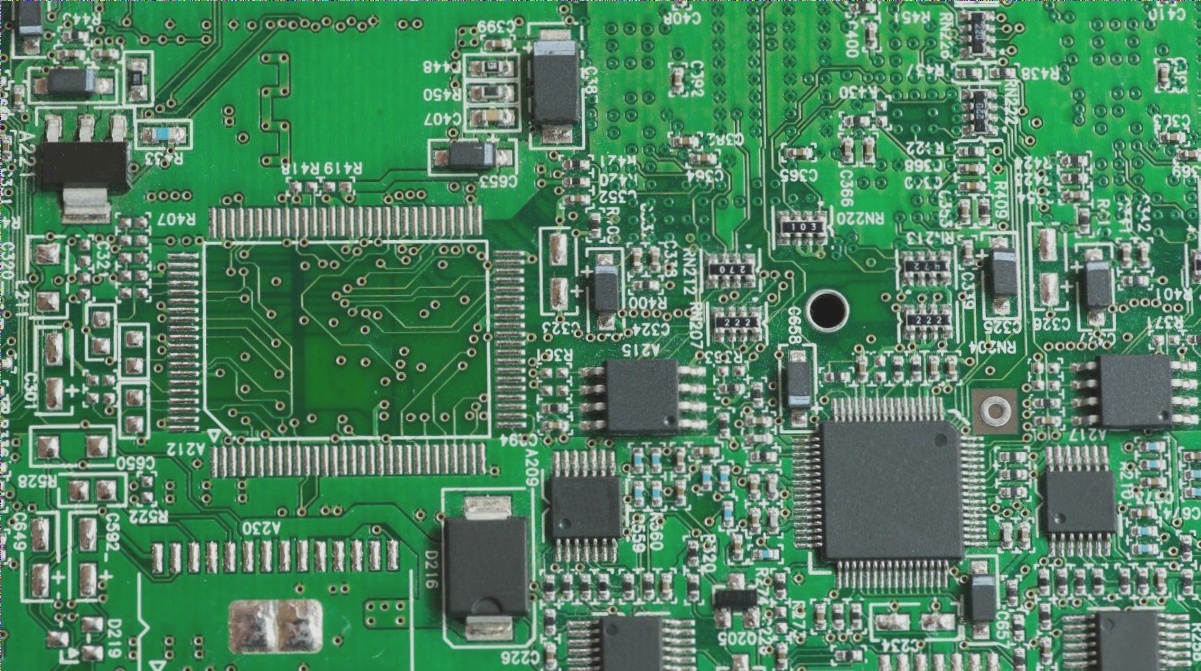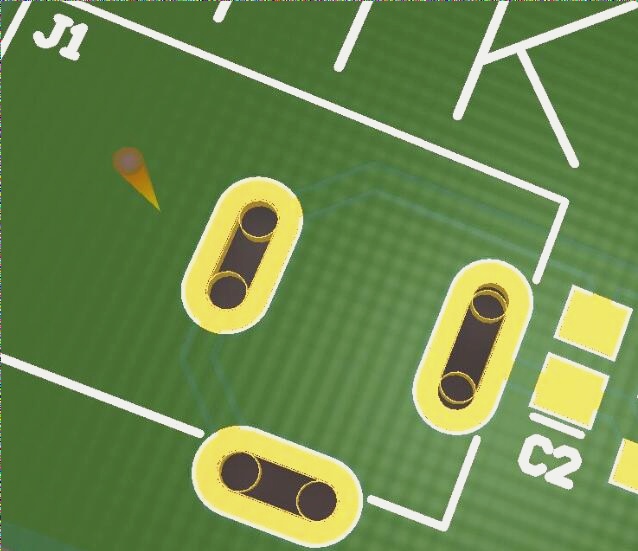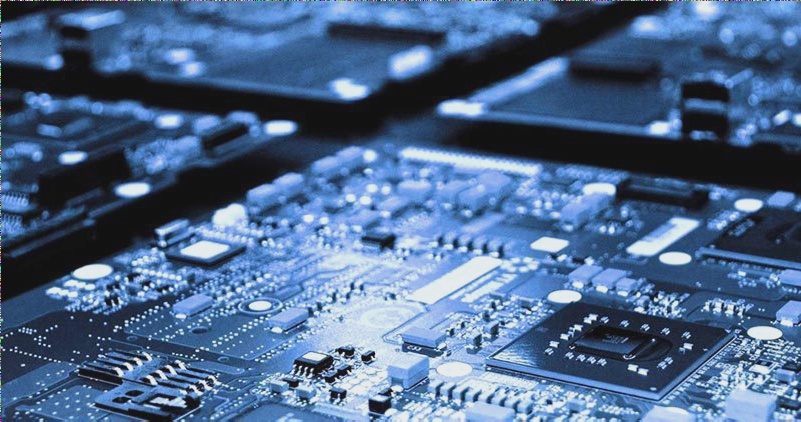Enhancing Your Oven for PCB Reflow Soldering
If you’ve recently purchased a popular oven that’s been heavily advertised on TV, you might be surprised to learn about its potential beyond just cooking. Upon disassembling it, you’ll find two semi-circles of approximately 500w halogen lights and a sizable fan at the back circulating the air inside. The mechanism involves a metal pin expanding with heat until it disconnects, turning off the lights, and reconnecting once cooled.
Have you considered utilizing this oven for reflow soldering? By carefully adjusting the target temperature and following a specific curve, you could potentially achieve great results. Pre-heating the oven for 3-5 minutes at a low temperature, then gradually increasing it while monitoring closely could be an effective method.
Furthermore, replacing the existing mechanical relay with a digitally controlled one and incorporating a temperature probe near the PCB could offer more precise temperature regulation for your soldering projects.
One crucial aspect to address is the fan’s speed, as it operates on 230v and consumes around 15-20 watts. Ensuring the fan’s compatibility and performance under varying temperatures is essential for successful reflow soldering.
Exploring Potential Upgrades
- Consider upgrading to a digitally controlled relay for more accurate temperature regulation.
- Monitor the fan’s performance and adjust its speed as needed for optimal soldering conditions.
- Experiment with different pre-heating times and temperature settings to find the ideal reflow soldering parameters.
With these enhancements, your oven could serve as a versatile tool for not only cooking but also precision reflow soldering tasks.




